6 Tips for Successful Social Media Marketing
Looking for successful social media strategies? Read on to learn tried and true tips to master building connections through social media. Boomtown Internet Group is a full-service digital marketing agency and Our expert marketing managers help our clients with a wide range of services, including mobile advertising spending, organic social media posting, and paid social media marketing. Contact us for more information about how we can help manage your social media marketing.
1. Create a Social Media Marketing Strategy:
Creating a social media marketing plan is the cornerstone of a successful online presence.
- Begin by setting clear, measurable goals that mirror your business objectives.
- Dive deep into audience research to pinpoint who they are, where they hang out online, and what content resonates with them.
- Develop a content strategy that mixes promotional posts with engaging, value-packed content to keep your audience hooked.
- Use scheduling tools to maintain a consistent posting cadence.
- Monitor the data and tweak your strategy for optimal performance.
- Remember, social media is a two-way street—actively engage with your followers to foster a loyal and thriving community around your brand.
2. Choose The Best Social Media Platform for Your Business
When people think of digital marketing, they think of two things: google and social media. Within social media, most questions are, is the amount of work involved with social media for business worth it, and which social media channel is the best outlet for my company? These are terrific questions to ask because not all social media networks are equal. And more importantly, not all social media networks are right for every business. Compare and contrast the social media networks that best suit your business objectives and your customer base:
|
|
|
|
|
|
3. Create Engaging and Interesting Content
Content curation can be a powerful tool in your social media marketing arsenal. By curating relevant and high-quality content from reputable sources, you can provide value to your audience while establishing yourself as a knowledgeable and trustworthy source in your niche. However, it’s important to strike a balance between curated content and original content to maintain a unique voice and perspective. Use content curation to supplement your content strategy, adding depth and variety to your social media feeds. Additionally, engage with the content you curate by adding your insights, comments, or questions, which can spark meaningful conversations with your audience.
4. Boost Engagement With Interactive Polls and Surveys
Harnessing the power of polls and surveys is a fantastic way to boost engagement on social media. These interactive tools not only encourage participation from your audience but also provide valuable insights into their preferences and opinions. Polls are great for quick, simple questions that can spark interest and debate, while surveys allow for more in-depth feedback. By using polls and surveys strategically, you can gather feedback on new products, content ideas, or even just fun, lighthearted topics, all while keeping your audience engaged and involved in your brand.
5. Leveraging Tools for Social Media Marketing
Incorporating social media marketing tools into your strategy can streamline your efforts and enhance your results. These tools offer a range of functionalities, from scheduling posts to analyzing performance and managing interactions. Platforms like Hootsuite, Buffer, and Social Pilot allow you to schedule posts across multiple channels, ensuring consistent and timely content delivery. Analytics tools such as Google Analytics and native platform insights provide valuable data on audience engagement, demographics, and content performance, helping you refine your strategy for better results. Additionally, social listening tools like Mention and Brandwatch enable you to monitor conversations about your brand and industry, allowing you to respond promptly and engage with your audience effectively. Integrating these tools into your social media marketing plan can boost efficiency, effectiveness, and ultimately, your bottom line.
6. Use Social Media For Link Building
SEO has become the all-important tool for driving online leads to your web pages. Using social sites helps to increase your online presence as well as create links that boost search rankings. There are many social sites that your company should have a visible presence on, such as Facebook, your own blog, Squidoo, Yelp, and bookmarking sites like Digg, Stumble upon, Delicious, Bebo, Tumblr, etc. LinkedIn (group) pages allow you to place links, however these never index on search engines, and therefore there is no direct link influence from these. However links from profile pages on LinkedIn (my website, my company website, my blog) have good value and can also and can also be used to post articles via a website link.
As long as the social media sites do not have “no-follow” tags on their links, the search engines can find them and use them as “link juice” to boost your page rankings. In addition, links from sites like Facebook need to be from public profiles so that search engines can see them.
Tips to Get You Started in Your Social Link-Building Efforts:
To get started on your social media link-building efforts you will need to create a Facebook fan page if you don’t already have one. You can connect your blog so that it feeds your Facebook page every time you post, and you can add an icon on your website that makes it easy for people to become a fan of your Facebook page. When you post to your blog, it will show on your Facebook page and if it is a good post, your fans may share it with their friends on their walls.
You should also add an icon on your blog that encourages people to share your posts on their Twitter or Facebook accounts, and on popular social bookmarking websites like Digg, Delicious, and StumbleUpon.
Link building takes a great deal of work, and using social sites can really pay off in both your social media campaigns and your SEO campaigns. By coordinating efforts, you can do both things at the same time without doubling your effort.
Connect with Boomtown’s digital marketers today, who specialize in customizing social media strategies.
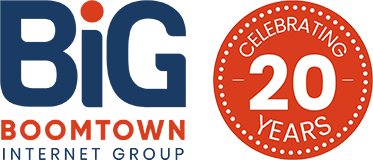

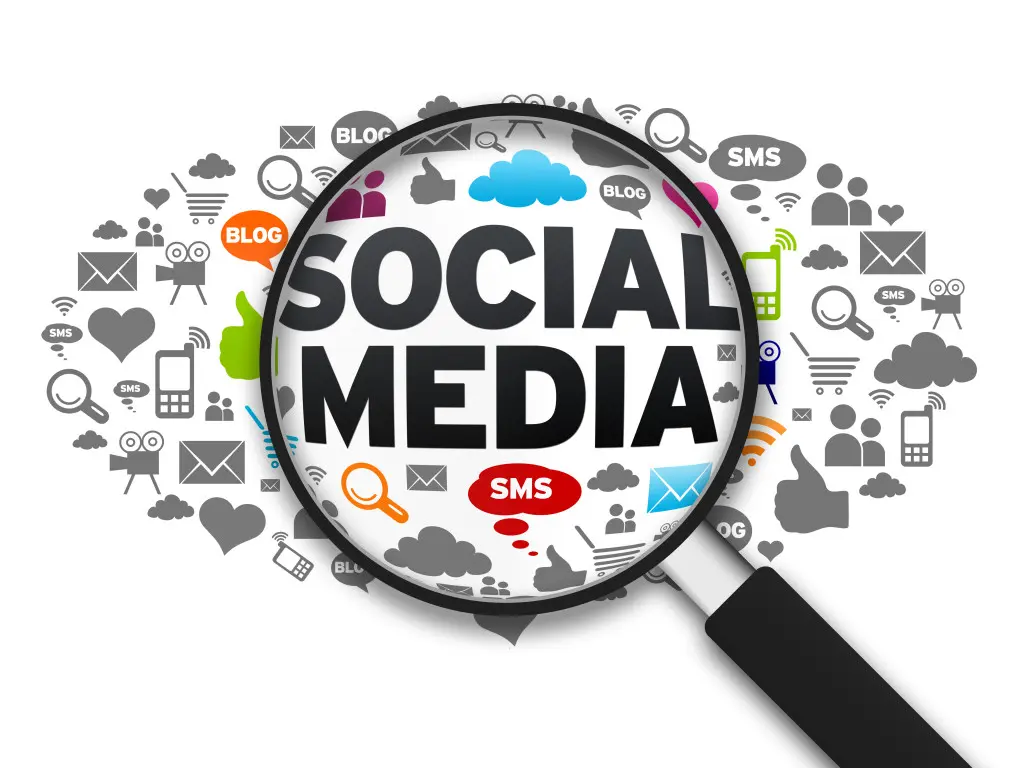
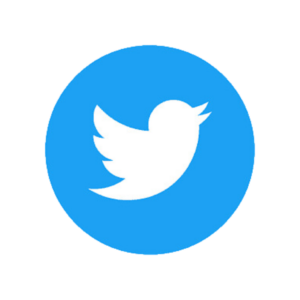 Twitter
Twitter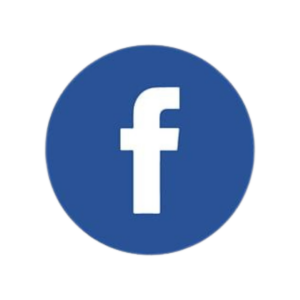 Facebook
Facebook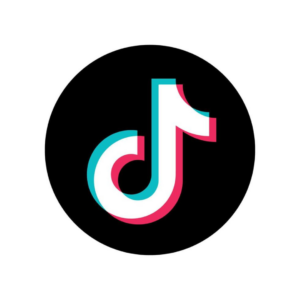 TikTok
TikTok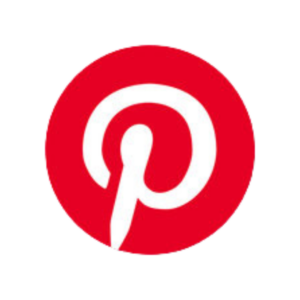 Pinterest
Pinterest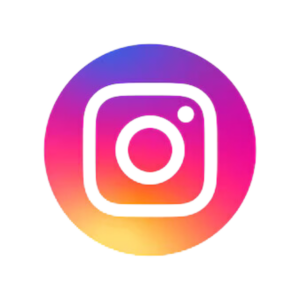 Instagram
Instagram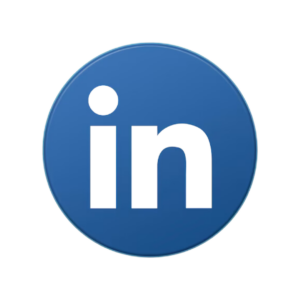 LinkedIn
LinkedIn